- Cattail
- The Reservoir
- Walking the trail
- At the graveyard

Prior to our hike we got to examine the cattail and discuss how it can benefit us. Then we proceeded on the 3 mile cross country course behind the Susquenita High School. It is a well kept and well marked trail due to the efforts of Coach Rick Knepp and his helpers. While a moderate hike, some of the hills proved strenuous, especially the hill referred to as the “Demoralizer”, it would prove challenging for a runner as well as a hiker.
Why did Euell Gibbons call the cattail “The Supermarket Plant of the Swamps”? It gets its name because some part of it is edible year round. Parts of the plant have other uses too besides gracing your table.
In the spring the inner core of the first shoots can be used like celery. When the shoots are 2 feet high you can pull out the soft white core eat it raw, boiled, or in salads. The roots can be made into flour which will be discussed in more detail later in this article. Continue reading

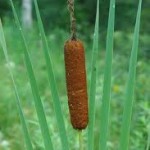

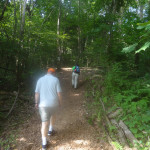

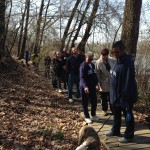
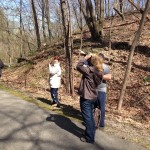


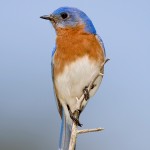
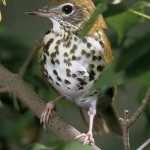
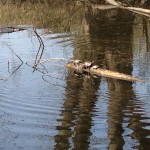
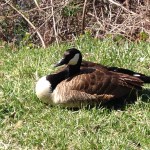
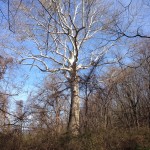
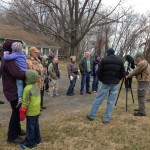
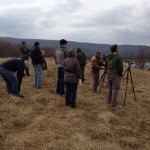

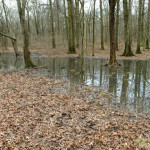
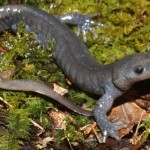


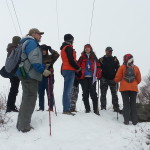
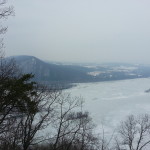
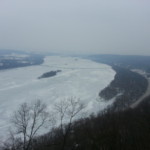
 Haldeman Island
Haldeman Island
![highres_324689032[1]](https://duncannonatc.org/wp-content/uploads/2014/02/highres_3246890321-300x228.jpg)
